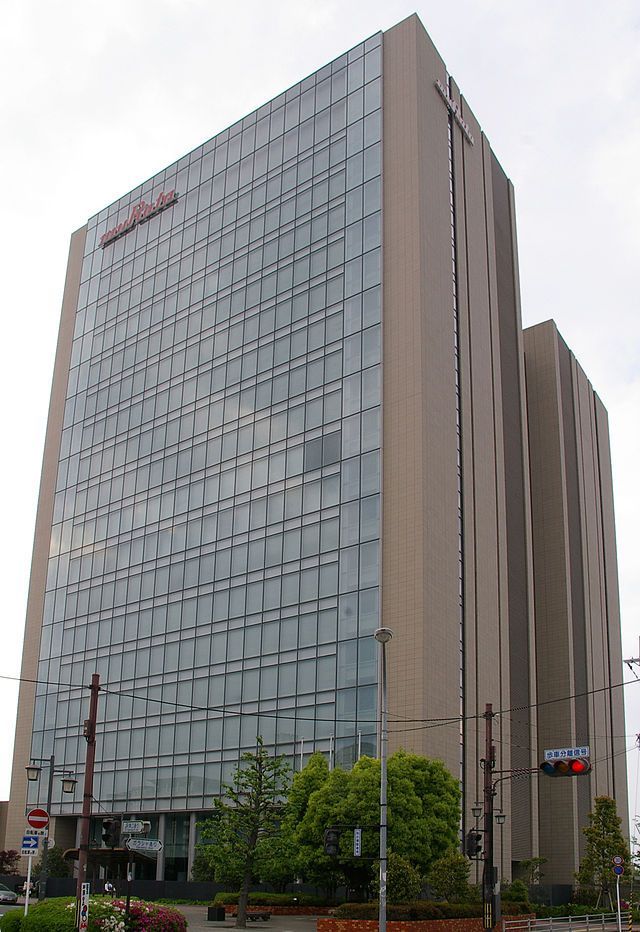In businesses, setbacks and sudden shifts in the supply chain are unavoidable. Supply chain issues due to the COVID-19 pandemic, the Great Resignation, and China’s Zero Covid policy are uncontrollable. Political issues like the Ukraine war and the global chipset crisis also pose a threat to global trade and countries’ partnerships. Everything in the retailers’ supply chain gets disrupted when manufacturing and distribution stop.
News of China and the USA’s political friction and the possibility of the two countries decoupling is everywhere. However, analysts say decoupling won’t happen because trade between the two superpowers hit a record of $690 billion last year. Nevertheless, political issues continue to threaten other big companies like Japanese capacitor makers and iPhone parts supplier muRata.
“The world is decoupling faster than I had feared,” Norio Nakajima, muRata’s president, said in an interview with Nikkei Asia. Because Japan is an ally of the United States politically, the country has been having problems with China. Hence, muRata recently opened its new plant in Thailand and might shift its focus there instead of its branch in Wuxi, China.

What companies can do when political tension arises is not to decouple completely but implement decoupling inventory to their supply chain. If your company is unprepared, your operations could take a hit if you can’t find a solution quickly. Demand fluctuations, a lack of raw materials, and natural disasters that block shipping lanes are some problems that can impact supply chains. These setbacks can be costly, wasteful of time and money, and harm client satisfaction.
A Breakdown of Decoupling Inventory
Decoupling inventory, or decoupling stock, is finished goods kept on hand. It lessens the likelihood of manufacturing failure if one or more resources become unavailable. It segregates resources inside the manufacturing cycle to prepare against sudden issues or roadblocks. It can help decision-makers manage supply chain interruptions and protect against inventory shortages.
In manufacturing, all equipment needs to run smoothly to avoid extra costs. Instructions move from station to station during manufacturing, which allows each station to adapt to changes in inventory. It prevents loss of time and idle labor. As an example, think of a laptop manufacturer that faces delays in LCD screen production. What the company can do is keep a buffer of inventory of LCD screens and other parts so that the manufacturer can still keep up with demands.
Decoupling inventory helps production lines handle disruptions by separating material flow and ensuring the process continues even if there are issues with other parts. In the case of the laptop, some pre-assembled motherboards and screens can be kept aside to keep production running smoothly even if there are issues with suppliers, equipment, or personnel.
Advantages of Decoupling Inventory
Decoupling inventory offers a vital buffer against interruptions in both the inventory supply chain and specific production line sectors. It ensures that supplier problems, varying lead times, and production halts in individual nodes don’t cause the supply chain to collapse. The following are more of its advantages:
Increased Efficiency
Inventory decoupling improves efficiency throughout supply chains and production lines by enabling each stage of the production process to function independently. This allows your optimized stock levels to keep production running smoothly.
Ease of Prioritization
Decoupling inventory enables companies to complete urgent orders while awaiting the arrival of more stock. Maintaining customer satisfaction is directly beneficial to a company’s bottom line. This is achieved by concentrating on the most important orders, such as the paid ones. You can also prioritize backorders and those constrained by contractual obligations. Having decoupled inventory can be immediately shipped over to preferred clients who account for a significant portion of sales.
Added Flexibility
The production line for goods still being made slows down or stops altogether unless manufacturers can obtain the needed raw materials to create a product.
Decoupled inventory is stored at each production line level to protect against risks and create a resilient supply chain. As a result, no matter where a product is in the manufacturing cycle, there should always be enough raw materials available to keep production on track. This can be quite advantageous for businesses that make a wide range of goods using comparable components or ingredients.
Encourages Frequent Repair and Maintenance
It’ll be simpler to undertake routine maintenance on tools and equipment used throughout the production chain because other stages of the manufacturing process won’t be hampered. Regular maintenance and cleaning of manufacturing equipment also lowers the possibility of complete equipment failure.

When to Implement Decoupling Inventory
In this part, we have to discuss the three types of inventory: “decoupling inventory,” “safety stock,” and “pipeline inventory” because they all relate to each other.
As we already learned, decoupling inventory entails stocking up on extra inventory for production when a disturbance interrupts the regular manufacturing cycle. Decoupling inventory typically has to do with the company’s internal supply chain. That indicates that it is utilized to reduce the possibility of stoppages brought on by equipment failure or maintenance, staff unavailability, and other issues.
On the other hand, safety stock is a reserve of raw materials or completed goods utilized to meet sudden increases in client demands or disruptions from suppliers. It typically addresses problems in the company’s external supply chain.
However, pipeline inventory solely refers to the supply chain’s suppliers. It consists of raw materials and parts ordered by the company but has yet to arrive at the plant. When suppliers’ lead times are particularly long, businesses might want to hold pipeline inventory. By doing this, some of the needed raw materials and pieces are always in transit and arrive at considerably more frequent intervals than the supplier’s lead time.
When pipeline issues occur, decoupling inventory is quite effective. Decoupling inventory will be present if a supplier cannot provide the raw materials required to manufacture stock. If lead times and delivery conditions have altered, decoupling inventory will occur.
Decoupling inventory is like an insurance policy against pipeline inventory slowing down. It protects your business against issues you can’t control.
Final Word
To make decoupled inventory more efficient, it is important to have an accurate inventory management system. Businesses may forecast product output rates and prepare for future demand using this data, which results in less wasted inventory and fewer stock outages.
Aratum assists your business in setting ideal decoupling inventory levels with a robust inventory management system. Keep track of stock levels and coordinate the movement of goods from one warehouse to another in real-time. Jadwalkan demo and explore our complete suite of logistics software.
The featured photo of this article was sourced from DC Studio on freepik.
